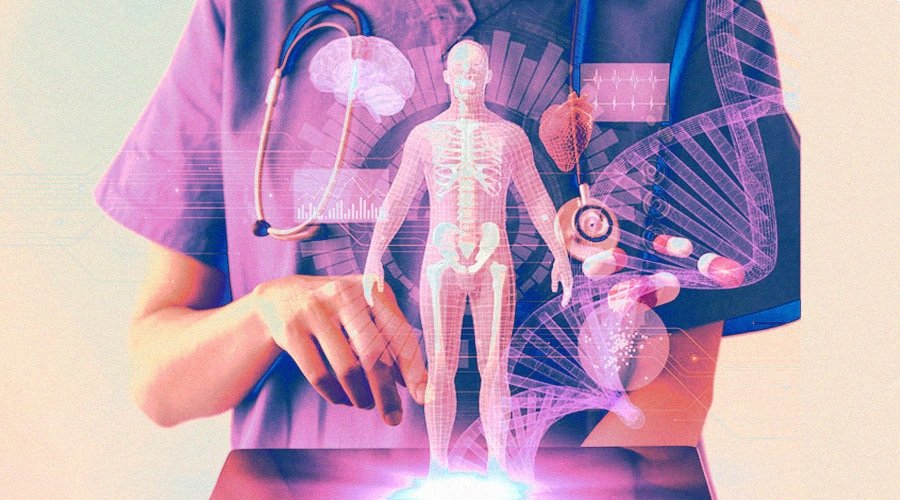Source – https://www.analyticsinsight.net/
AI applications are becoming the one-stop solution for diagnosing critical diseases
Artificial intelligence and machine learning, are dominating every aspect of our lives. AI is used in various areas like healthcare, education, and defense. With the advancement of technology, better computing power, and the availability of large datasets containing valuable information, the use of AI and ML models has increased. The healthcare sector generates enormous amounts of data in terms of images, and patient data, which helps the healthcare companies to understand the patterns and make predictions.
Artificial intelligence is capable of predicting acute critical illness with greater accuracy than the traditional early warning system (EWS), primarily used by healthcare providers. Even though AI is used in healthcare companies for various purposes but predicting critical diseases and their risks beforehand have been one of its greatest contributions.
Recently, researchers and healthcare providers have been using machine learning algorithms to automate the diagnosis of critical diseases like cancer, and other cardiovascular complexities, which has caused a paradigm shift in healthcare facilities. They are using ML models for the real-time diagnosis of disease by developing mobile applications. Some mobile apps can even predict the risk of a certain disease in the future and recommend a diagnosis based on the individual’s medical history and other habits.
Even though machine learning and artificial intelligence have brought a revolutionary change in medical facilities, efficient early detections and diagnosis are still a problem.
Transparency and explainability, are of absolute importance when it comes to the widespread introduction of AI models into clinical practices. Incorrect predictions carry serious consequences. Healthcare providers must understand the underlying reasoning and technical patterns followed by the application to understand potential cases where it might end up with false or incorrect predictions. AI-based early warning systems carry robust and accurate models to predict acute critical diseases.
- Acceleration Of Artificial Intelligence In The Healthcare Industry
- A Surge In The Adoption Of AI By The Healthcare Sector
- Analytics Insight Predicts Healthcare Sector To Touch US$68 Billion In Revenue By 2025
Using Electronic Health Records for Efficient Prediction of Critical Diseases
Electronic health records contain information for both medical providers and patients. These records also contain information that could interfere with the machine’s ability to make correct predictions. Researchers are aiming to eliminate the unnecessary data that can hinder the model’s capability by deploying a machine learning algorithm, called LSAN.
LSAN, is a deep neural network that uses the two-pronged approach to scan electronic health records and identify information that could predict if the patient is facing a risk of developing a deadly disease in the future.
Electronic records use a double-level hierarchical structure to interpret the medical journey of a patient using the International Classification of Diseases (ICD) codes. It begins with the patient’s current situation and follows through the chronological sequence of visits made by the patient. It records the symptoms and the patient’s condition from the last visit to the current state.
Researchers conducted experiments on patients with symptoms of health failure, kidney disease, and dementia and determined that this newly developed machine learning model called LSAN has outperformed the traditional and the current medical technologies and deep learning models.
These models and tools can be effectively used to predict cardiovascular diseases using the patient’s age, cholesterol, weight, blood pressure, and several other factors, and the potential risks that might occur in the next ten years. Hospitals are also increasing the use of business analytics in transportation, patient retention, and other areas to provide the patients a wholesome experience and cost-effective treatments.
The application of AI in this diagnostic process can be of immense support to healthcare providers and patients. The implementation of AI in the medical infrastructure speeds up the identification of relevant medical data from multiple sources, which saves time and resources for the patients and medical practitioners.
